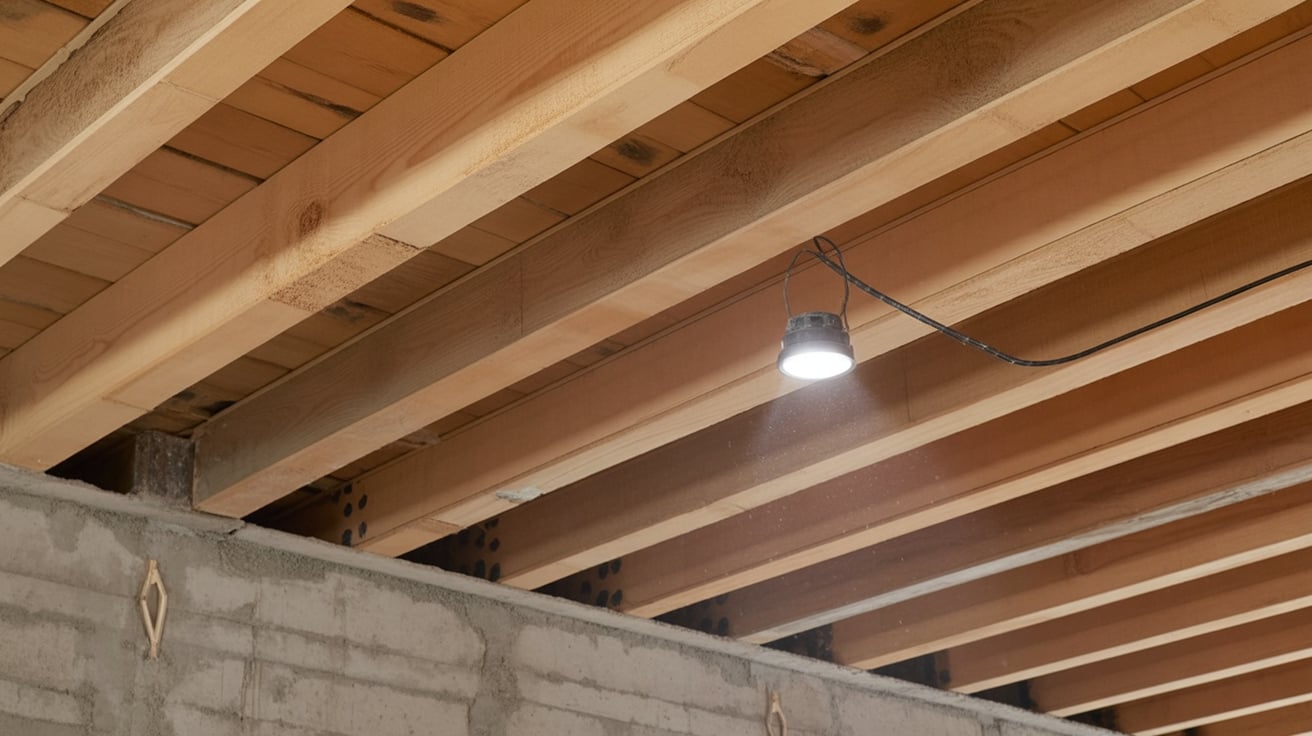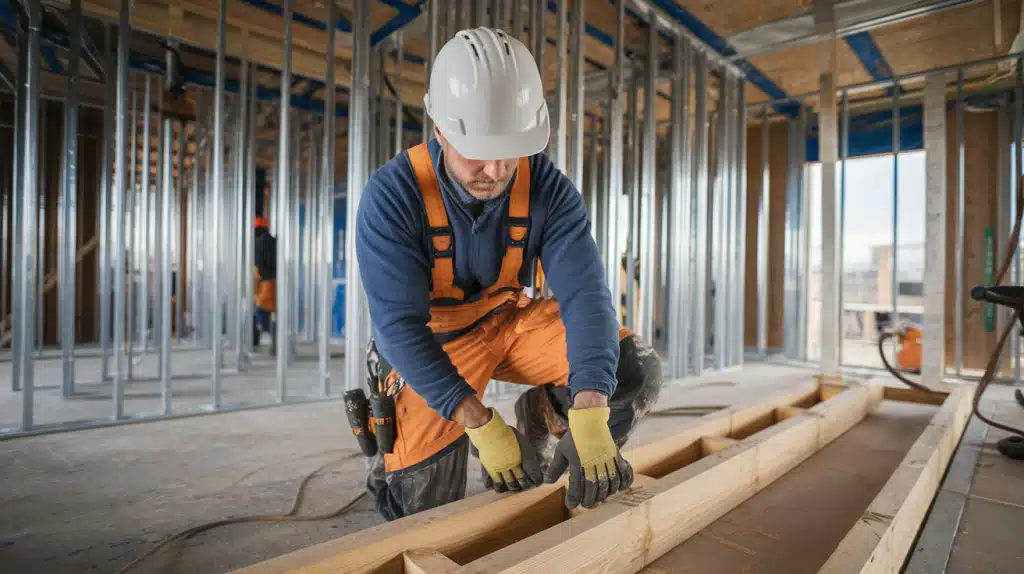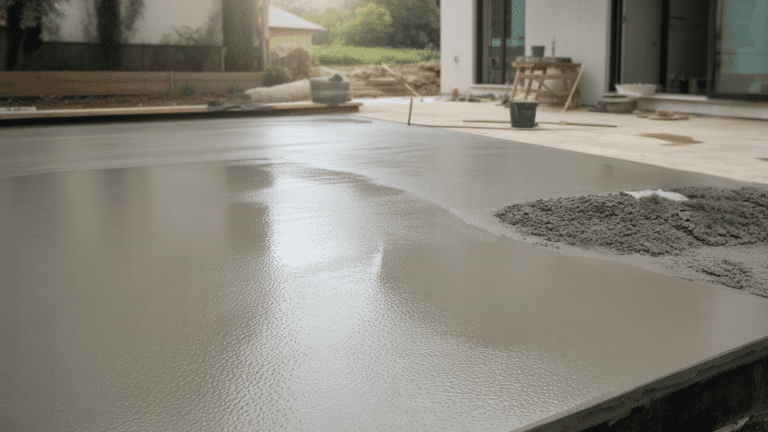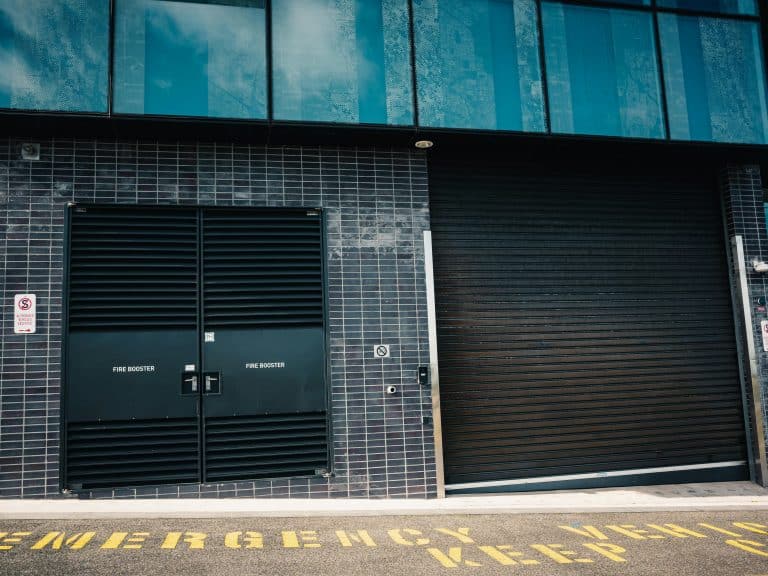How to Strengthen Floor Joists
Does your floor feel bouncy when you walk across it? Do you hear creaking sounds that weren’t there before? These warning signs often indicate weakened floor joists that require immediate attention.
Floor joist problems affect thousands of homeowners each year, especially in older homes where building materials have aged or moisture has caused damage.
Ignoring sagging or damaged joists can lead to expensive repairs, safety hazards, and even structural collapse.
This guide will show you ten effective methods to strengthen your floor joists, ranging from simple solutions, such as adding sister joists, to professional-grade repairs using steel reinforcements.
You’ll learn how to identify problems early, select the appropriate reinforcement method, and determine when to enlist experts for complex repairs.
What are Floor Joists and Their Role?
Floor joists are the backbone of your home’s flooring system. These horizontal wooden or steel beams run across your home’s foundation and carry the weight of everything above them.
Think of them as the skeleton that holds up your floors, furniture, and everyone walking around your house.
Floor joists spread this weight evenly across your foundation walls, keeping your floors level and strong. Without proper floor joists, your floors would sag, crack, or even collapse under normal use.
They also create the framework that supports subflooring, finished flooring, and any heavy items, such as bathtubs, appliances, or furniture, that you place on your floors.
Why Do Floor Joists Need Reinforcement?
Floor joists weaken over time for several reasons that homeowners often overlook.
Load-bearing concerns arise when you add heavy items, such as hot tubs, granite countertops, or extra furniture, that put more weight on joists than they were designed to handle.
Moisture and termite damage slowly erode wooden joists, with humidity causing rot and pests creating holes that weaken the structure from within.
Aging homes face natural wear as building materials break down over decades, and older construction standards may not meet today’s weight requirements.
These factors work together to make once-strong joists unable to support your home safely, requiring reinforcement to prevent costly damage or dangerous collapses.
Signs That Your Floor Joists Need Reinforcement
- Sagging floors: Your floor dips or slopes noticeably when you walk across it, especially in the center of rooms.
- Visible cracks in the ceiling or floor: Long cracks appear on your ceiling below or on the floor above weak joists.
- Soft spots or uneven floors: The floor feels bouncy, spongy, or gives way when you step on certain areas.
- Unexplained creaking or squeaking sounds: Your floors make loud noises even when you walk lightly across them.
- How to identify damaged or overloaded joists: Check your basement or crawl space with a flashlight for bent, cracked, or split wooden beams that look different from the rest.
Techniques for Reinforcing Floor Joists from Beneath
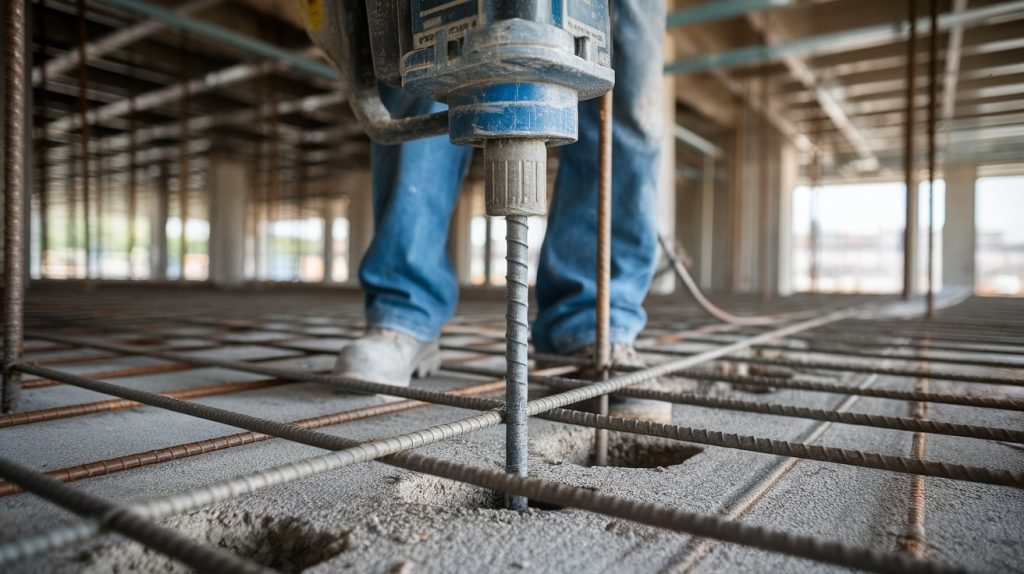
Learn the most effective techniques for reinforcing floor joists from beneath, ensuring long-lasting support and stability for your home’s foundation.
1. Adding Sister Joists
This method involves adding a new joist adjacent to your existing one for added strength. You attach a board of the same size directly against the old joist using bolts or screws. The new joist shares the load with the original one, doubling your floor’s support capacity.
Advantages: This non-invasive method helps restore strength without completely replacing existing joists. It’s relatively simple to install and doesn’t require significant structural changes to your home.
Best For: Minor to moderate sagging, slight cracking, or when you need support for an extra load.
2. Installing Floor Joist Hangers
Joist hangers are metal brackets that provide extra structural support by securing joists to beams or foundation walls. These U-shaped brackets cradle the joist ends and attach with special nails or screws. They create a strong connection that prevents joists from pulling away from their supports.
Advantages: Hangers are easy to install and provide strong support while reducing movement and preventing further sagging. They’re affordable and work well as a preventive measure.
Best For: Supporting joists in high-stress areas or securing joists that may have loosened over time.
3. Using Steel Reinforcements or Plates
Steel plates or braces can be bolted or screwed into place to strengthen weak or cracked joists. These metal reinforcements act like splints for broken bones, holding damaged wood together. You can use flat plates, angle brackets, or specially designed steel braces, depending on the damage.
Advantages: Steel provides durable reinforcement and stabilizes joists under significant load or wear. It’s stronger than wood and won’t rot or attract pests.
Best For: Joists that have been severely compromised by moisture, age, or excessive loading.
4. Installing Support Posts and Beams
This involves placing vertical support posts beneath floor joists to help redistribute weight and prevent further sagging or bowing. You install adjustable steel posts or permanent wooden posts from the basement floor up to the joists. These posts act like legs on a table, providing extra support where needed.
Advantages: This method is cost-effective and can be installed relatively quickly while allowing you to correct uneven floors. Posts can be adjusted to lift sagging areas back to level.
Best For: Floors with noticeable sag, especially in older homes with large open spaces.
5. Crawl Space Reinforcement with Shoring
Adding shoring to crawl spaces involves supporting weakened joists with temporary or permanent posts and beams in tight spaces. This method uses shorter posts and beams designed for low-clearance areas. You can install jack posts or build wooden supports that fit your crawl space height.
Advantages: This method helps lift and support sagging joists even when you have limited space to work. It’s ideal for homes where full-height posts won’t fit.
Best for: Homes with access issues, such as low crawl spaces where it’s not easy to install support beams directly underneath the joists.
6. Using Carbon Fiber Reinforcement Straps
Carbon fiber straps attach to sagging or damaged joists to restore their strength without adding significant weight. These high-tech strips bond to the wood using special adhesive or mechanical fasteners. Carbon fiber is both extreme and lightweight, yet flexible.
Advantages: These straps are highly durable and resistant to moisture, offering a long-lasting solution that won’t alter your home’s appearance or structure. They won’t rot, rust, or attract pests.
Best For: Homes where structural integrity needs to be restored quickly without major invasive repairs.
7. Double Joists or Laminate Beams
This technique involves installing a double joist or laminated beam system alongside original joists for reinforcement. You create a stronger support by combining multiple pieces of lumber or using engineered lumber products. This creates a beam that’s much stronger than single joists.
Advantages: Double joists offer significant support, particularly in areas where load-bearing capacity is critical. They can handle much heavier loads than single joists.
Best for: High-traffic areas or spaces with heavy appliances that require extra reinforcement.
8. Installing Cross-Bracing or Diagonal Bracing
This technique involves installing diagonal braces between joists to prevent sideways movement and twisting. You attach wooden or metal braces at angles between joists, creating a web of support. This stops joists from moving independently and adds overall stability.
Advantages: Cross-bracing is a relatively simple method for stabilizing joists and preventing them from shifting under stress. It’s inexpensive and helps the entire floor system work together.
Best For: Areas prone to lateral movement or where there’s a risk of joist twisting, particularly in long spans.
When to Hire a Professional for Floor Joist Support
While many floor joist repairs can be DIY projects, some situations require professional assistance to ensure your family’s safety and your home’s structural integrity.
Complex repairs, such as replacing multiple joists, addressing load-bearing walls, or major structural damage, require expert knowledge and specialized tools that most homeowners lack.
Safety concerns arise when you’re unsure about your home’s structural integrity, notice severe sagging that could indicate imminent collapse, or need to work with electrical or plumbing systems around the joists.
Cost considerations also matter – while hiring professionals costs more upfront, mistakes in major structural work can lead to thousands of dollars in additional repairs, insurance issues, or even safety hazards that far exceed professional fees.
When in doubt, get a structural engineer’s assessment before attempting major joist repairs yourself.
Maintenance Tips for Floor Joists
- Routine inspection: Check your basement or crawl space every six months for signs of cracks, sagging, or moisture damage using a flashlight.
- Preventative measures: Keep humidity below 50%, seal any water leaks immediately, and avoid placing cumbersome items in one spot on your floors.
- Long-term reinforcement strategies: Add extra support posts in high-traffic areas and replace damaged joists before they affect neighboring structural elements.
Conclusion
Strong floor joists are the foundation of a safe, comfortable home.
From simple wood shims for minor leveling to steel reinforcements for severe damage, you now have proven methods to strengthen floor joists from beneath.
The key is to act quickly when you notice warning signs, such as sagging floors, creaking sounds, or soft spots.
Most homeowners can handle basic techniques, such as installing joist hangers or adding support posts, while complex repairs involving multiple joists or structural damage require professional assistance.
Don’t let weak floor joists compromise your home’s stability. Start with the reinforcement method that best suits your situation and budget.
Have you noticed any signs of floor joist problems in your home?
Frequently Asked Questions
How to Reinforce a Floor Joist?
Add a sister joist alongside the existing one, install support posts beneath it, or use steel plates to strengthen weak areas.
How to Add Strength to Floor Joists?
Install cross-bracing between joists, add support beams underneath, or double up joists in areas that carry heavy loads.
How to Stiffen a Joist Floor?
Add blocking between I-joists, install additional support posts, or use metal bridging to reduce bounce and movement.
What Are the Different Types of Floor Joist Bracing?
Cross-bracing utilizes diagonal supports, solid blocking employs wood pieces between joists, and metal bridging utilizes steel straps for stabilization.

